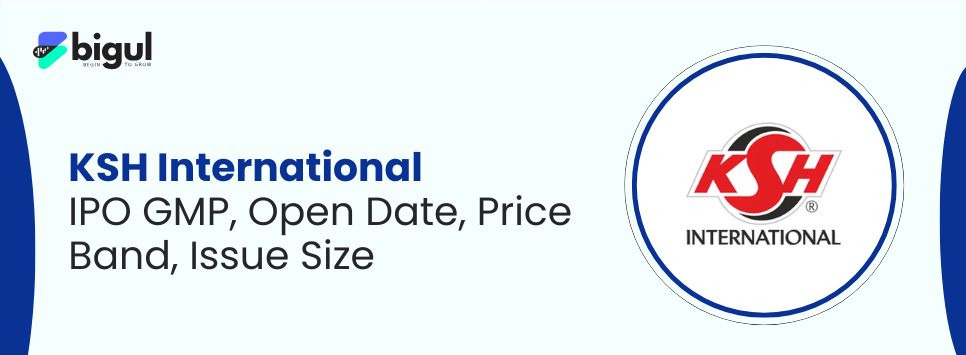Are you interested in investing in the stock market? Do you want to become a long-time investor in stocks? If so, delivery trading might be the right investment option for you. Delivery trading is a simple and straightforward method of buying and holding stocks for an extended period. Here we are with a beginner’s guide to delivery trading, covering its features, advantages, disadvantages, and how to get started.
What is Delivery Trading?
It is a type of trading in which investors buy stocks and hold them for an extended period, typically ranging from a few months to several years. The investors take delivery of the shares in their Demat account and hold them until they decide to sell them at a profit or loss. Unlike intraday trading, delivery trading does not involve buying and selling shares on the same day. The main objective of delivery trading is to invest in quality stocks and generate long-term wealth.
Strategies of Delivery Trading
Let us talk about some strategies that can be used to improve delivery trading:
Start Trading Early
It is always a good idea to start trading as early as possible to give your investments more time to grow. This means you should have a long-term investment horizon and not be too focused on short-term price fluctuations.
Understand Before You Invest
Before investing in any stock, it is essential to do your due diligence and research the company thoroughly. It means looking at the company’s financials, management team, competition, and other factors that could impact its future performance.
No Emotional Decision
Making decisions based on logic and not emotions when trading is essential. This means not getting too attached to a particular stock and being willing to cut your losses if necessary.
Maintaining a Positive Cash Flow
Maintaining positive cash flow when trading is important, which means not investing more than you can afford to lose. This can be achieved by setting a budget for your trading activities and sticking to it.
Diversify Trading Investments
Diversifying your trading investments to reduce risk is always a good idea. This means investing in stocks from different industries, sectors, and countries to create a balanced portfolio.
Trade Confidently
Confidence is key when trading, which means solidly understanding and sticking to your investment strategy. This also means discipline and not letting short-term market fluctuations affect your long-term investment goals.
Advantages of Delivery Trading
Now that we have looked at the features of delivery trading let us move on to its advantages:
- Long-Term Wealth Creation: Delivery trading is an excellent investment option for long-time investors looking to create wealth over an extended period. By investing in quality stocks and holding them for a long time, investors can benefit from the stock’s capital appreciation and dividends.
- Lower Brokerage Charges: Delivery trading involves lower brokerage charges than intraday trading, where the broker charges a higher fee for every transaction.
- No Time-Bound Trade: Investors participating in delivery trading have the flexibility to hold stocks for as long as they want. They are not time-bound to sell stocks on the same day.
- Ownership of Shares: In delivery trading, investors take delivery of shares in their Demat account and become the owners of the shares. This gives them the right to participate in the company’s decision-making process and attend annual general meetings.
Disadvantages of Delivery Trading
While delivery trading has its advantages, it also has some disadvantages that investors should be aware of:
- Higher Risk: Since delivery trading involves holding stocks for an extended period, investors are exposed to higher market risk. The stock’s value may fluctuate significantly during the holding period, leading to capital loss.
- No Guaranteed Returns: Unlike fixed deposits or other fixed-income instruments, delivery trading does not guarantee returns. Investors may lose if the stock’s price falls during the holding period.
- Limited Liquidity: Delivery trading involves holding stocks for an extended period, which may lead to limited liquidity. Investors may find it challenging to sell their stocks if they need the money urgently.
- Dependent on Market Conditions: Delivery trading is dependent on market conditions. The stock’s price may fall if the market is bearish, leading to capital loss. Investors need to be prepared to face market volatility.
How to Choose Stocks for Delivery Trading?
Choosing the right stocks for delivery trading is important to maximise your returns. Here are some factors to consider when selecting stocks:
- Financial Health: Analyse the financial health of the company by looking at its financial statements, such as income statements, balance sheets, and cash flow statements.
- Management: Evaluate the company’s management team by researching their background, experience, and track record. Look for companies with strong and experienced management teams.
- Industry Trends: Research the company’s industry and identify trends that could impact its future growth prospects. Look for companies in industries that are growing and have a positive outlook.
- Competitive Landscape: Analyse the company’s position within its industry and evaluate its competitors. Look for companies with a competitive advantage, such as a unique product or service, a strong brand, or a large market share.
- Valuation: Analyse the company’s valuation by looking at its price-to-earnings ratio, price-to-book ratio, and other valuation metrics. Look for undervalued companies compared to their peers or the overall market.
- Dividends: Look for companies that pay dividends, which are regular payments to shareholders. Dividends can provide a steady income stream and can also be an indicator of a company’s financial health.
How to Buy Stocks Through Delivery Trading?
To start delivery trading, you need to follow these steps:
- Open a Demat Account: A Demat account is a digital account that holds your stocks and other securities. You must open a Demat account with a depository participant (DP) to start trading in the stock market.
- Open an Online Trading Account: You must also open an online trading account. An online trading account will allow you to buy and sell stocks online.
- Fund your Trading Account: To buy stocks, you must fund your trading account with the required amount. You can transfer money from your bank account to your trading account through online banking or other payment methods.
- Research and Select Stocks: Once you have opened your Demat and trading account, you can start researching and selecting stocks you want to invest in. You can use fundamental and technical analysis to select stocks.
- Place an Order: Once you have selected the stocks you want to buy, you can order with your broker. You can place a market order or a limit order.
- Wait for Delivery: Once the order is executed, the stocks will be delivered to your Demat account within two business days.
- Hold on to the Stocks: Once you have bought the stocks, you can hold on to them for as long as you want.
Conclusion
Delivery trading is a popular investment strategy for long-term investors who want to invest in stocks for the long term. It is a relatively low-risk strategy that allows you to hold on to your stocks for as long as you want without any pressure to sell. However, like any investment strategy, delivery trading has advantages and disadvantages, and evaluating the risks and rewards is important before investing. By analysing the financial health, management, industry trends, competitive landscape, valuation, and other factors, you can select the right stocks for delivery trading and maximise your returns.








.jpg)
.jpg)
